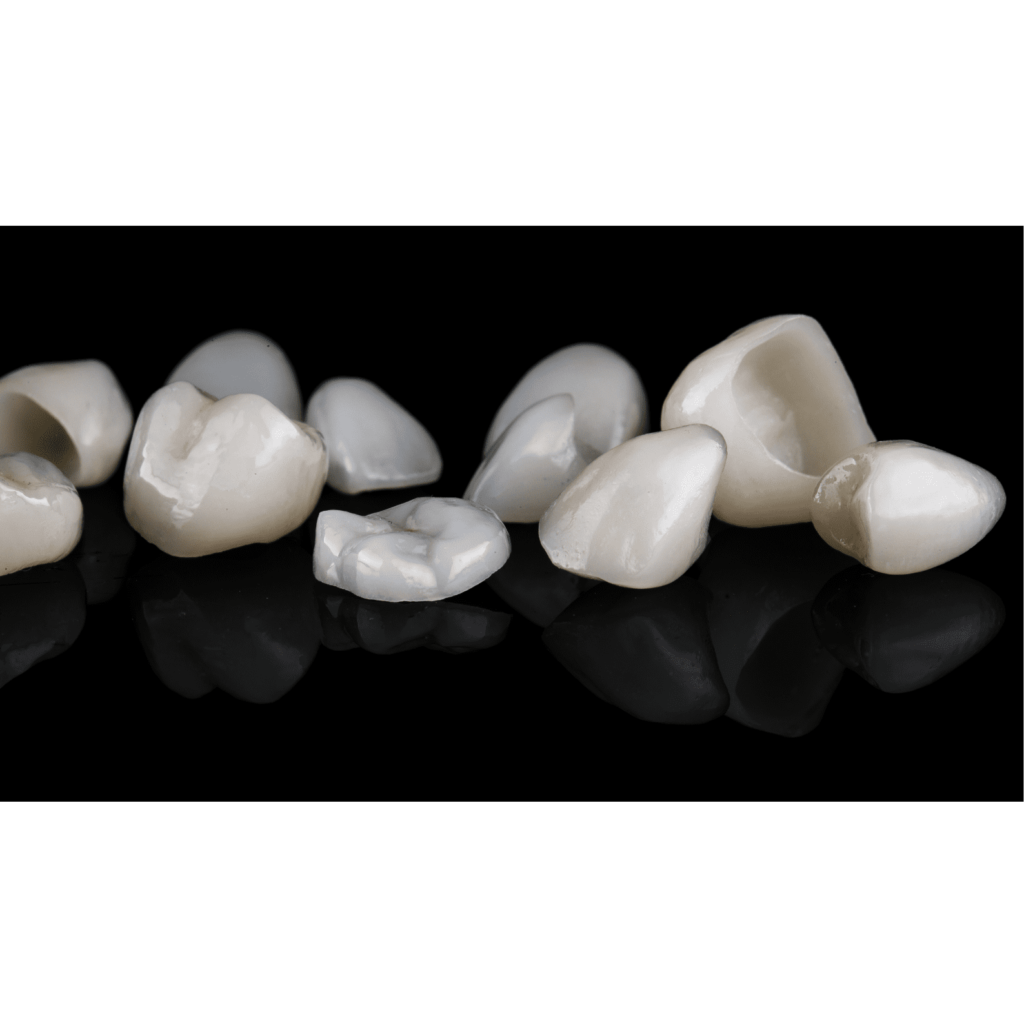How to Remove a Dental Crown at Home
Attempting to remove a dental crown at home is not recommended and is strongly discouraged because it can lead to serious problems. Dental crowns are securely attached to your teeth using special dental cement. Trying to remove them without the right tools and expertise can cause harm.
If you attempt to remove a crown at home, you might end up damaging your teeth, gums, or other parts of your mouth.
Must understand that the following process is given for informational purposes only and should not be considered a substitute for professional dental care. Here’s a step-by-step process to remove a dental crown at home:
Gather Necessary Supplies:
Make sure you have the proper tools before attempting to remove a dental crown at home, such as dental floss, dental picks, a mirror, and needle-nose pliers.
Assessment:
Examine the dental crown closely to determine if it’s loose or damaged. If the crown is still firmly attached to the tooth and there are no signs of decay or damage, you can reconsider attempting removal at home and seek professional dental assistance.
Use Dental Floss:
Start by gently flossing around the edges of the crown to remove any debris or accumulated plaque. This will help loosen the crown slightly, but it’s unlikely to be sufficient for complete removal.
Apply Pressure:
With the help of a dental pick carefully try to wedge it between the edge of the crown and the tooth. Apply gentle pressure to see if you can create any movement. Avoid excessive force, as this can damage the tooth or surrounding tissues.
Rotate the Crown:
If you’re able to create some movement, try to gently rotate the crown to further loosen it from the tooth. Be cautious not to twist too forcefully, as this could cause the crown to fracture or break.
Attempt Lifting:
With the aid of a mirror to guide your movements, use the dental pick or needle-nose pliers to lift the crown away from the tooth.
If you are unable to remove the crown after several attempts, stop immediately and seek professional dental assistance. Continuing to force the crown could lead to serious damage to your teeth and gums.

How Much Time Does It Take for Dental Cement Removal?
The process of dental cement removal can take from a few minutes to half an hour or more. It depends on the complexity of the case and the condition of the restoration being removed. In cases where minimal cement is used or when removing temporary restorations, the process will be relatively quick and will take a few minutes. However, in cases where a stronger bond is present, such as with permanent crowns or bridges, or if there are complications such as decay underneath the restoration, the removal process will take longer.
What is The Cement Used For Crowns?
Dental cement used for crowns includes zinc phosphate cement. Since zinc phosphate cement has strong mechanical properties and is stable for a long time, it has been used in dentistry for cementing crowns for a long time.
How Long Does Permanent Cementation of Crowns On Teeth Last?
Permanent cementation of crowns can last for 10 to 20 years or more. The duration differs due to several factors such as the type of cement used, the quality of the crown and tooth preparation, oral hygiene practices, and individual patient factors. Factors such as poor oral hygiene, inadequate dental care, bruxism, or trauma to the crown can potentially affect its lifespan.
Is it Difficult To Remove a Tooth Crown?
The process of removing a permanent crown is more challenging and involved compared to removing a temporary crown. Permanent crowns are typically bonded to the underlying tooth structure. This cement forms a durable and secure bond which makes the removal process more complex.
On the other hand, temporary crowns are usually secured with temporary cement, which is designed to be easily removed. The cement used for temporary crowns allows removal without causing any damage to the underlying tooth structure.
What Dissolves Dental Cement?
Several substances can dissolve dental cement, which include:
- Acetic Acid
- Hydrochloric Acid
- Phosphoric Acid
- Ethylenediaminetetraacetic Acid (EDTA)
- Bleach
- Citric Acid
- Vinegar

